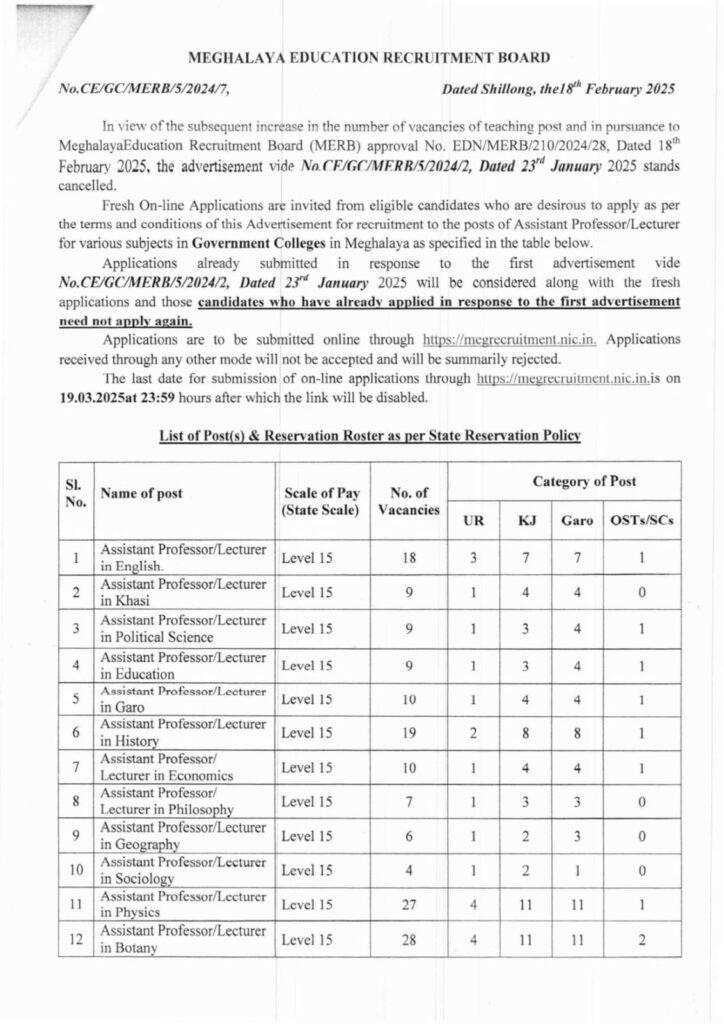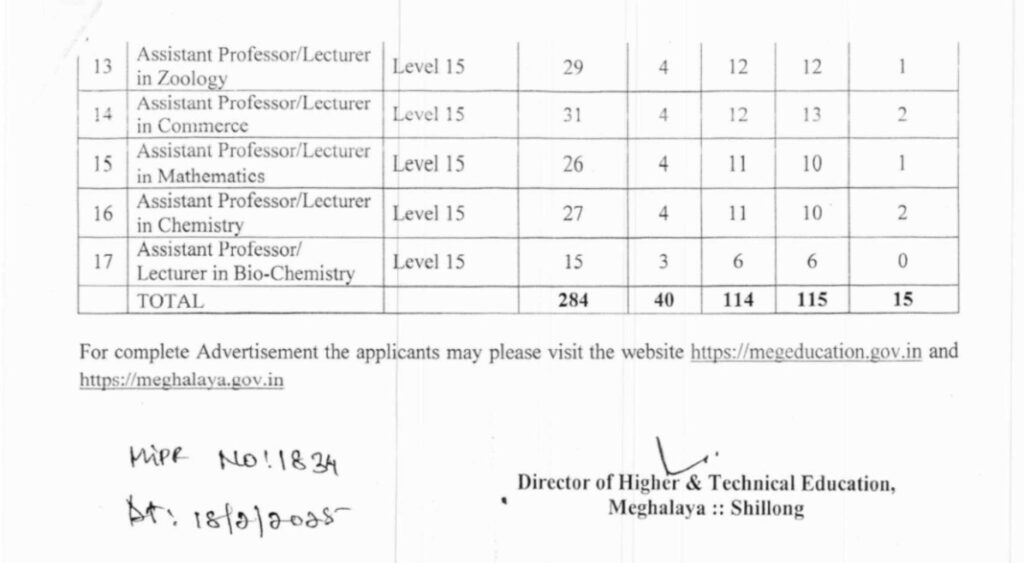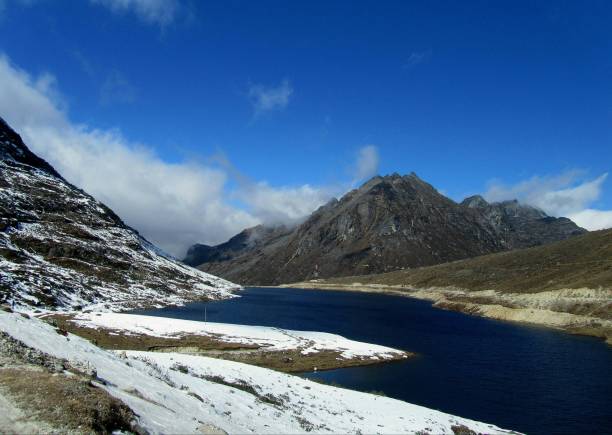Guwahati, Feb 19: Researchers from Nagaland University, Lumami and Cotton University, Guwahati, have documented significant glacier retreat in Arunachal Pradesh over the past three decades.
The Himalayas, often called the ‘Third Pole,’ contains the largest concentration of glaciers outside the polar regions.
These glaciers serve as a fresh water source for more than 1.3 billion people living downstream. Rapid glacial retreat in recent decades has raised concerns about long-term water availability and ecological balance.
The Research was led by Dr. Latonglila Jamir of Nagaland University and Dr. Nabajit Hazarika, of Cotton University, Guwahati, with research scholars Vimha Ritse and Amenuo Susan Kulnu of Nagaland University.


The study was recently published in the reputed, peer-reviewed Journal of Earth System Science . The findings add to the growing evidence of climate change affecting the Eastern Himalayas.
Elaborating on this study, Dr. Latonglila Jamir, Associate Professor, Department of Environmental Science (Lumami Campus), Nagaland University, said, “The study used Remote Sensing (RS) and Geographic Information Systems (GIS) to analyze glacier changes in Arunachal Pradesh from 1988 to 2020. Most glaciers in the region are situated between 4,500 and 4,800 meters above sea level.”
The results show a marked reduction in glacier coverage. In 1988, there were 756 glaciers covering around 585.23 square kilometers. By 2020, the number had dropped to 646, with the total area shrinking to 275.38 square kilometers. The researchers estimated an average glacier loss of 16.94 square kilometers per year. Smaller glaciers (less than 5 square kilometers) were found to be retreating faster.
Explaining further, Dr. Latonglila Jamir said, “The consequences of glacier retreat extend beyond the immediate region. Communities that depend on glacial meltwater for agriculture and drinking water may face water shortages in the future. Initially, melting glaciers may lead to flooding and unstable river flows, but over time, reduced glacial mass will result in lower water availability. The formation and expansion of glacial lakes also pose risks, as sudden floods caused by glacial lake outbursts (GLOFs) can be destructive.”
Despite concerns about glacier retreat, studies focusing on the Eastern Himalayas remain limited. This research adds to the understanding of how glaciers in this region are changing and what that means for future water availability.
The researchers point to the need for continued monitoring and better climate adaptation strategies to manage water resources in the region. As climate change continues to reshape the Himalayas, studies like this one provide data that can help inform decisions on water management and disaster preparedness.
Also Read: Bengal’s Sivok and Sikkim’s Rangpo to be linked by railway line by 2027: NFR
Also Watch
Find latest news from every corner of Northeast India at hubnetwork.in, your online source for breaking news, video coverage.
Also, Follow us on-
Twitter-twitter.com/nemediahub
Youtube channel- www.youtube.com/@NortheastMediaHub2020
Instagram- www.instagram.com/ne_media_hub
Download our app from playstore – Northeast Media Hub





